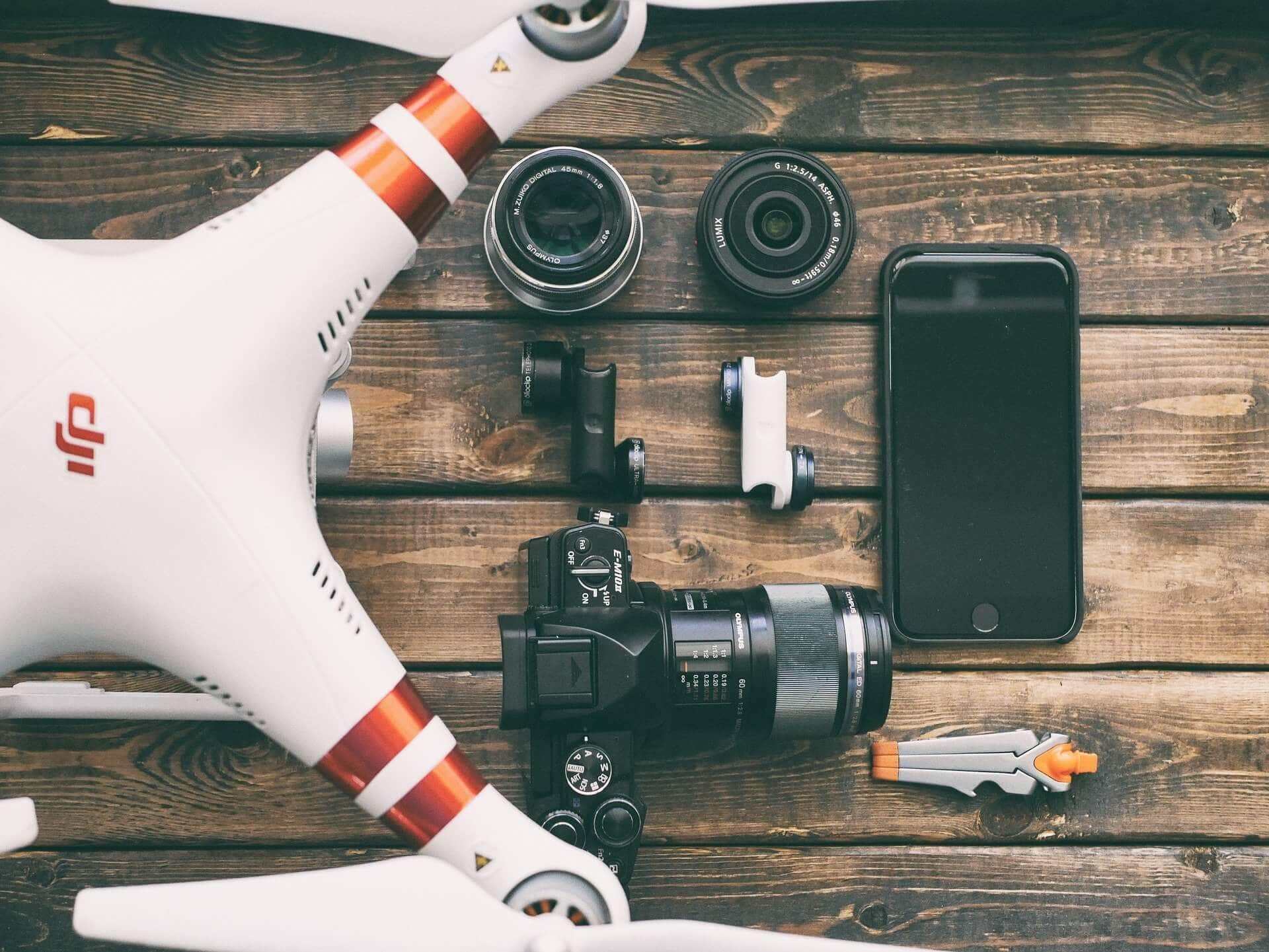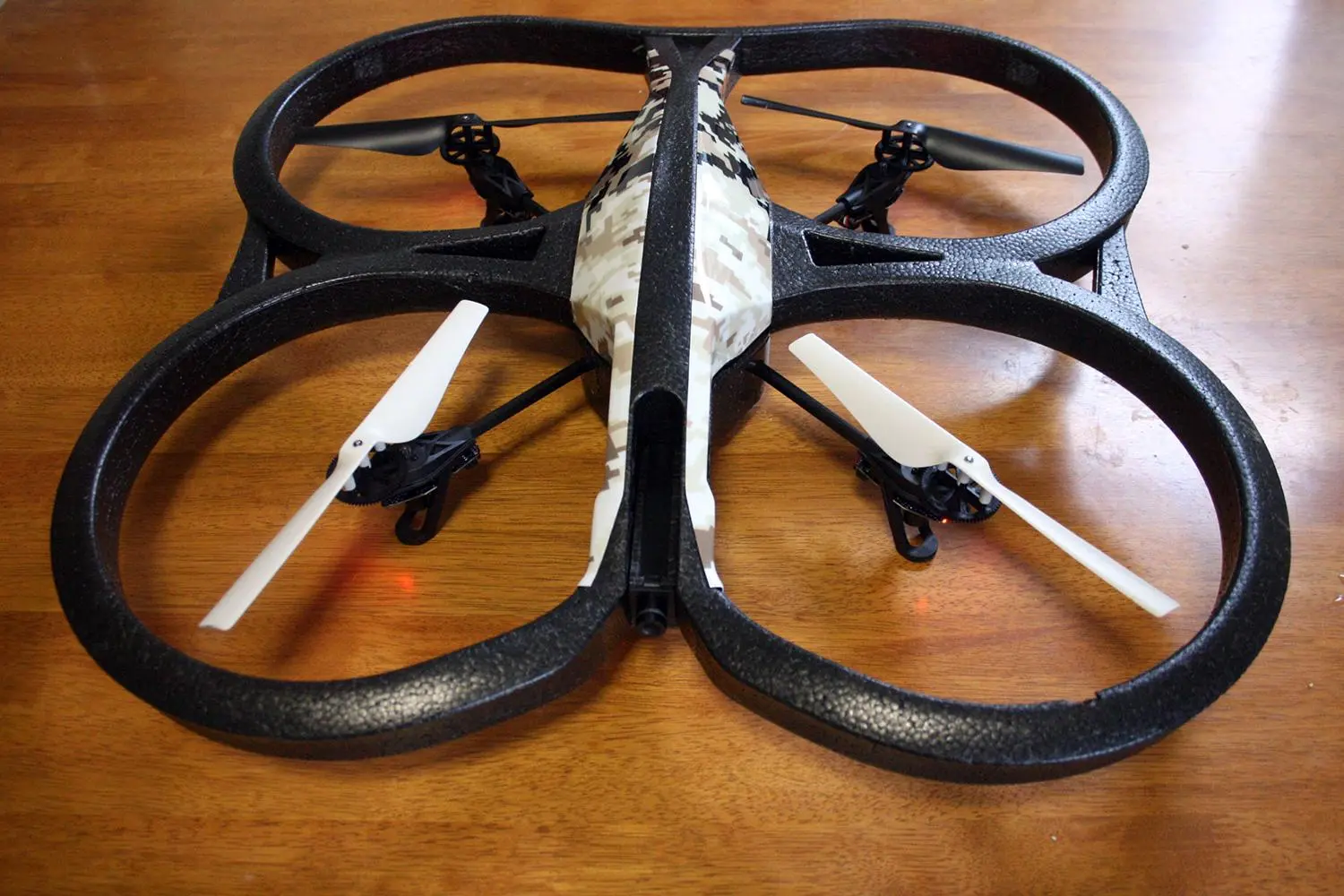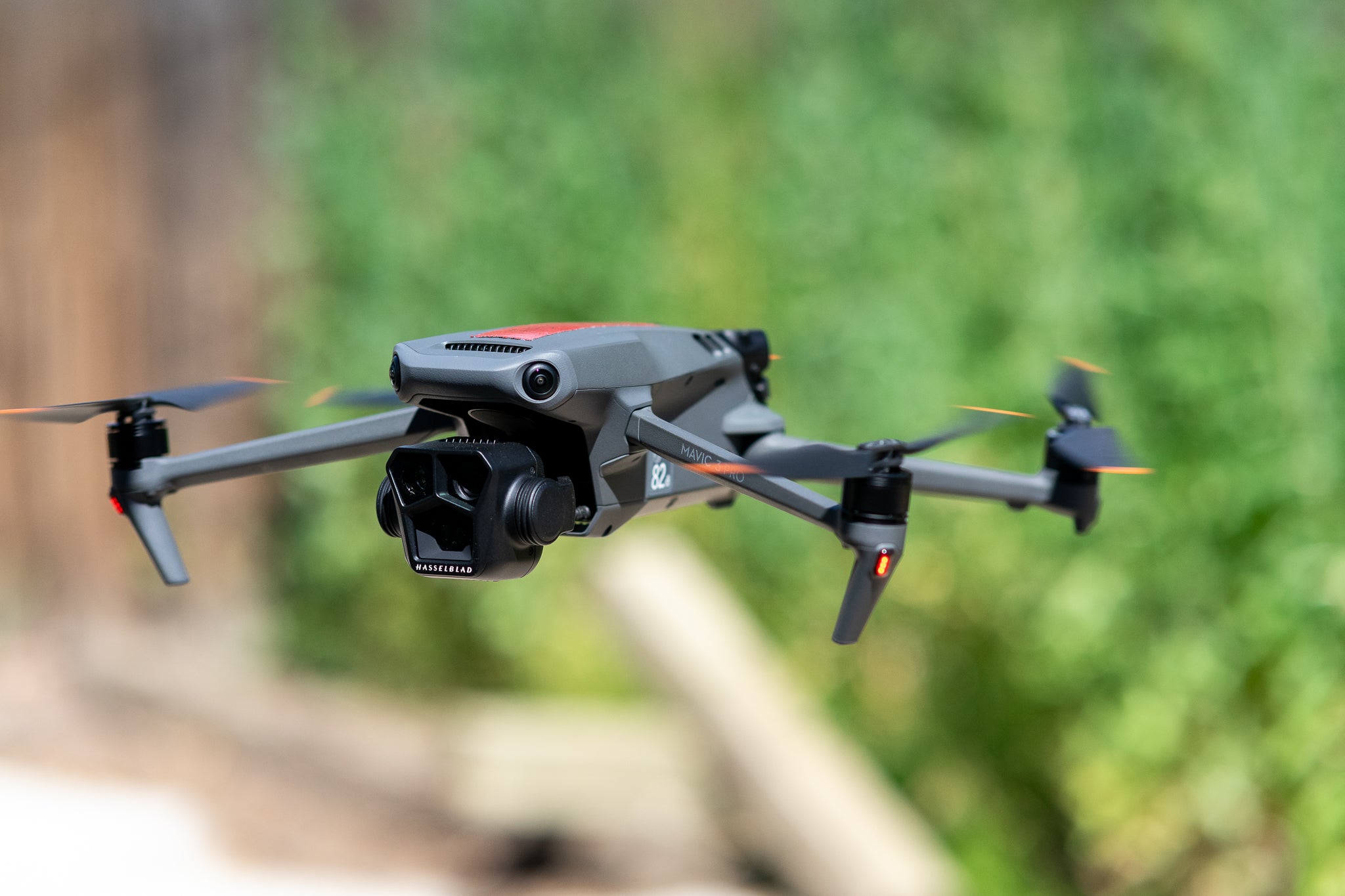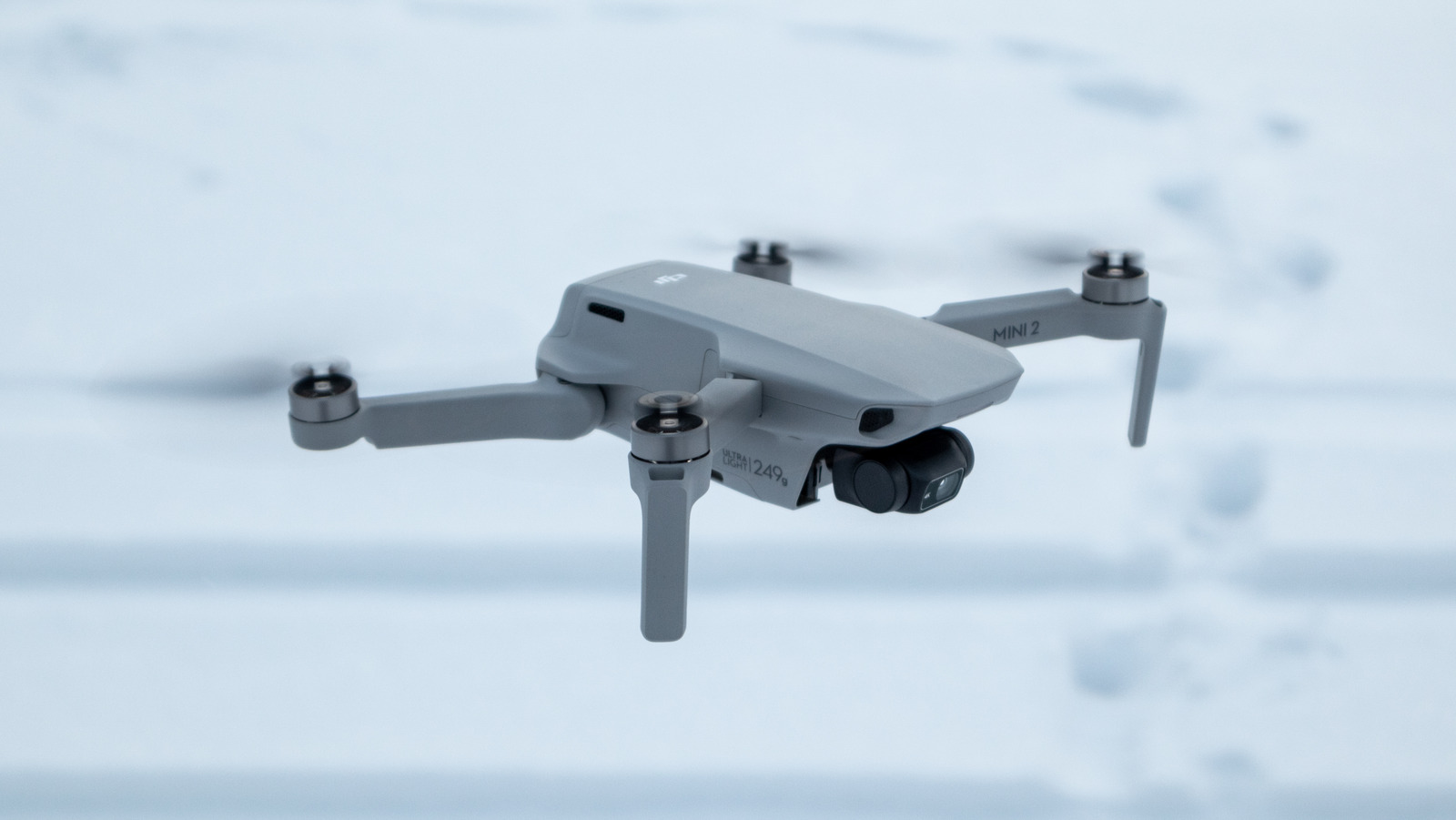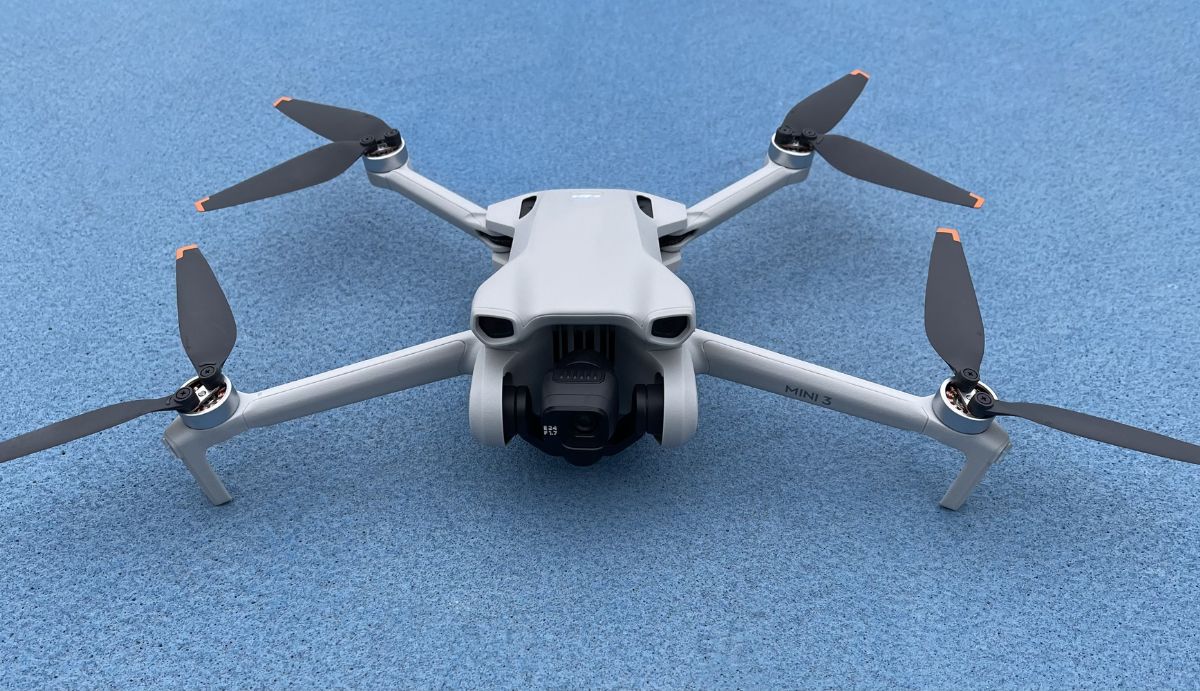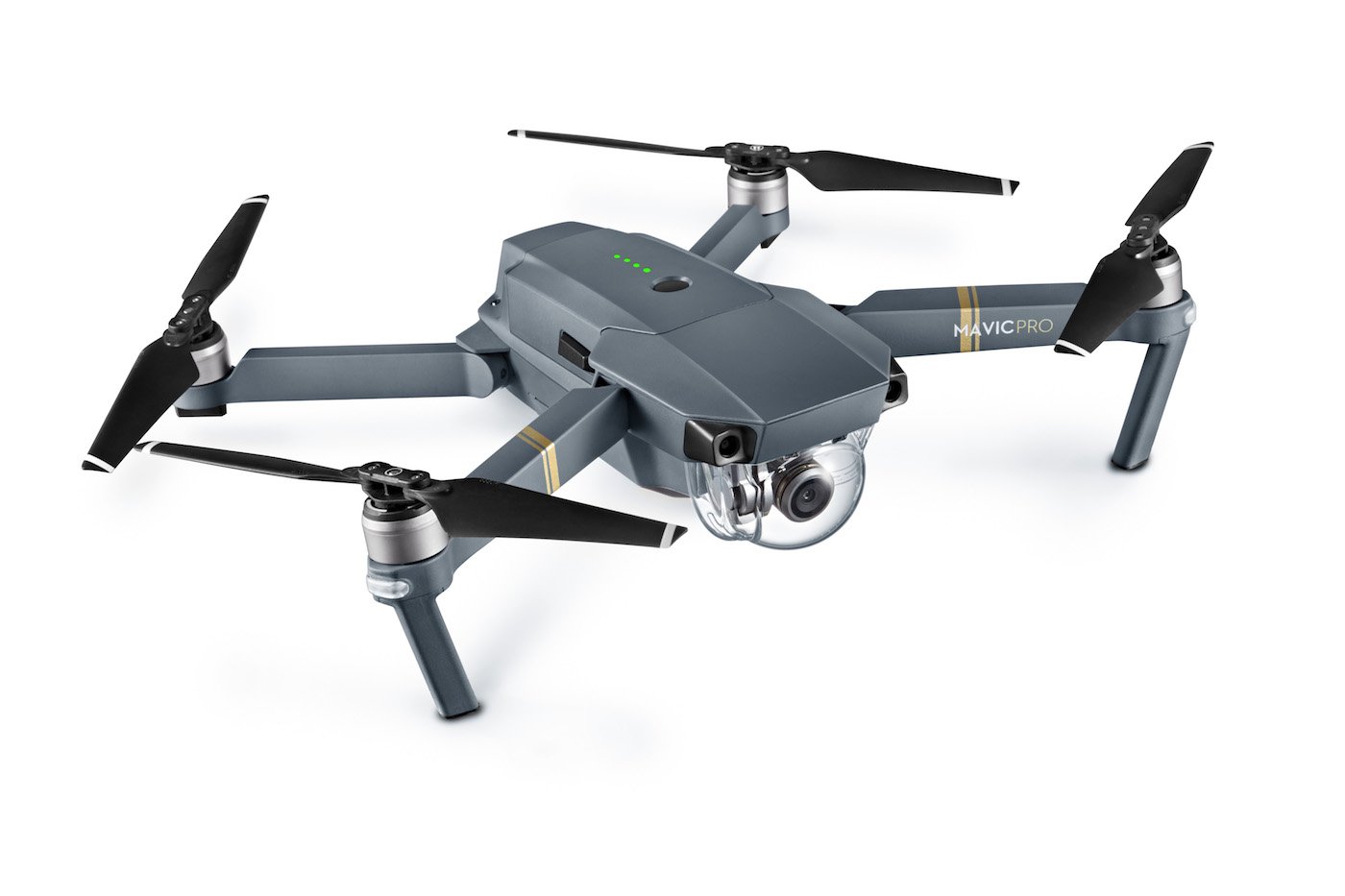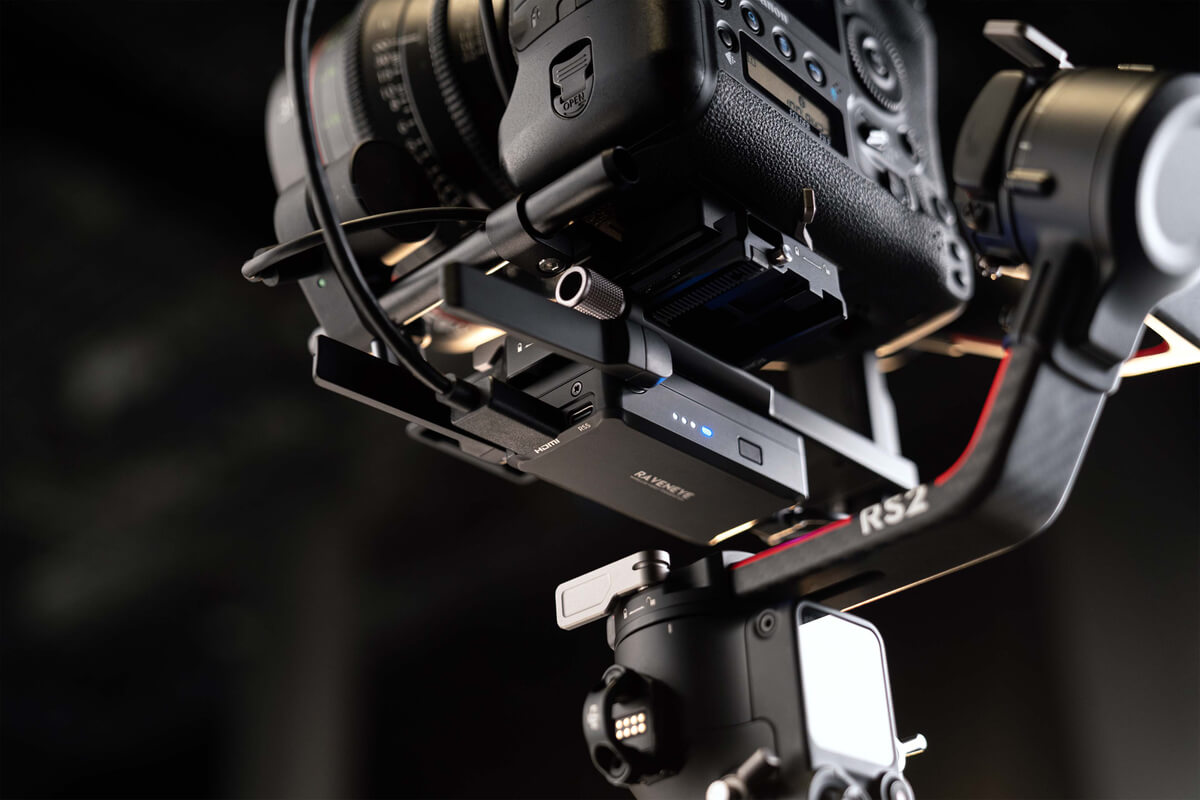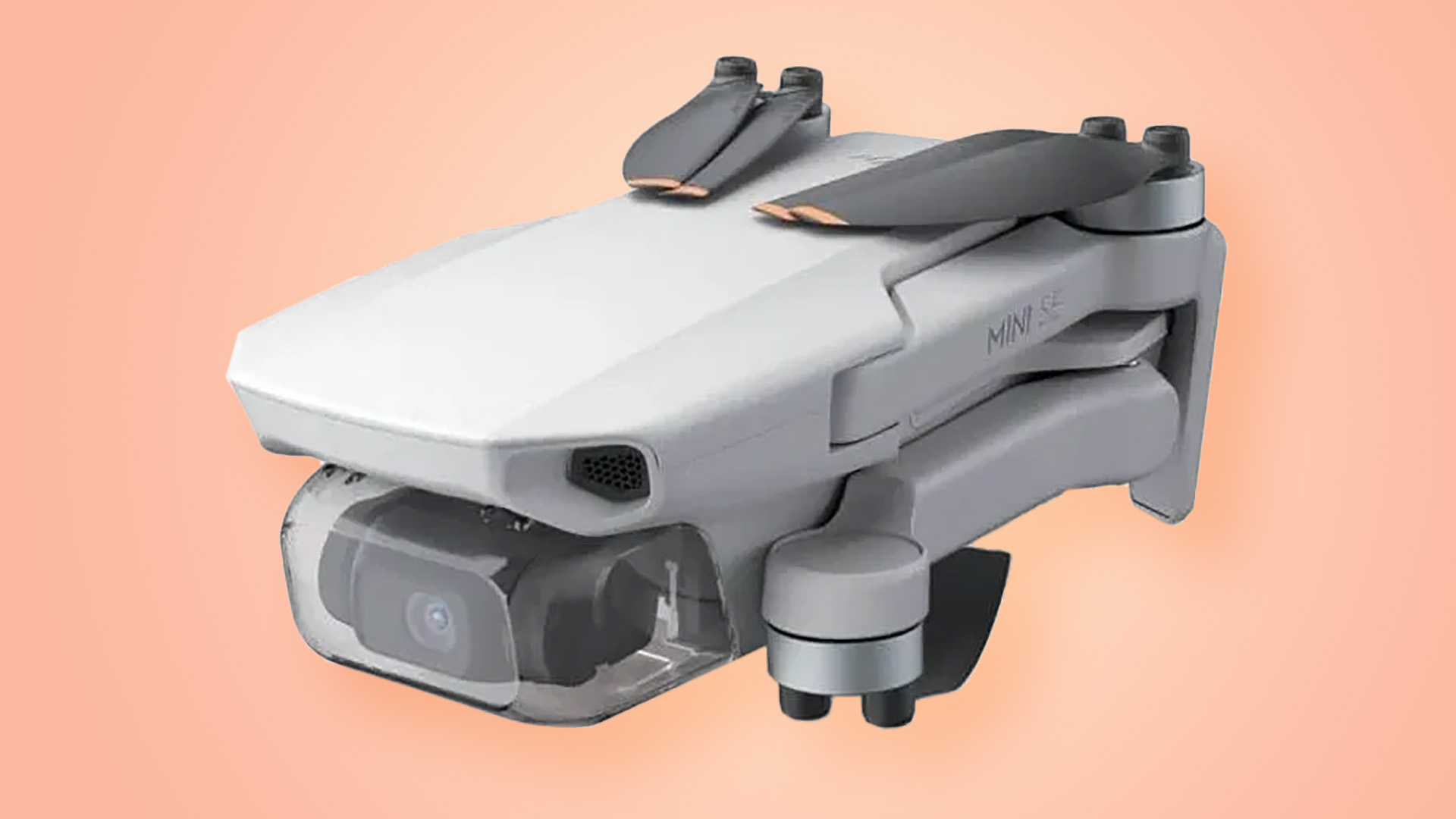Enhancing Photography and Videography Abilities
One of the primary benefits of using drones and smartphone cameras is the significant enhancement in photography and videography abilities. In recent years, these technologies have revolutionized the way we capture and share visual content. Here are some reasons why:
- High-quality imagery: Drones and smartphone cameras have advanced significantly in terms of image quality, with high-resolution sensors and advanced image processing capabilities. This allows photographers and videographers to capture stunning detail and clarity in their shots.
- Flexibility and creativity: Drones provide the ability to capture aerial shots and unique perspectives that were previously only possible with expensive equipment or aircraft. This opens up a whole new realm of creativity, allowing photographers and videographers to experiment with different angles and compositions.
- Stabilization technology: Smartphones and drones are equipped with built-in stabilization technology, such as optical image stabilization (OIS) and electronic image stabilization (EIS). This helps eliminate shaky footage and ensures smoother and more professional-looking videos.
- Manual control options: Many drones and smartphone camera apps offer manual control options, allowing users to adjust settings like exposure, ISO, and white balance. This gives photographers and videographers greater control over the final result and the ability to customize their shots to their liking.
- Wide range of shooting modes: Both drones and smartphone cameras come with various shooting modes, such as HDR (High Dynamic Range), panorama, time-lapse, and slow-motion. These modes enable photographers and videographers to capture different types of shots and add interest and variety to their work.
Whether you’re a professional photographer or an amateur enthusiast, utilizing drones and smartphone cameras can undoubtedly enhance your photography and videography abilities. The combination of their advanced features, flexibility, and ease of use allows for endless creative possibilities, making it a valuable tool for capturing stunning visuals.
Capturing Unique Perspectives and Angles
One of the most exciting benefits of using drones and smartphone cameras is the ability to capture unique perspectives and angles that were once difficult or impossible to achieve. These technologies have opened up new creative possibilities for photographers and videographers. Here’s why:
- Aerial photography: Drones allow for stunning aerial shots, providing a bird’s-eye view of the landscape. This perspective offers a unique and captivating way to showcase subjects such as architecture, landscapes, and events.
- Overhead shots: Drones equipped with high-resolution cameras can capture overhead shots from a height that would be unattainable with traditional cameras. This is particularly useful for capturing large groups, events, or architectural structures with minimal distortion.
- Low-angle shots: Drones and smartphone cameras can be easily positioned near ground level to capture dynamic low-angle shots. This perspective adds drama and impact to the composition, especially when shooting subjects like sports, wildlife, or adventure activities.
- Macro photography: Smartphone cameras have advanced macro capabilities, allowing users to capture detailed and close-up shots of small subjects such as insects, flowers, or textures. This brings out the intricacies that may not be visible to the naked eye.
- Point of view shots: Drones and smartphones can be mounted or handheld to capture unique point-of-view shots, whether it’s from a racing car, bicycle, or even a person’s perspective. This immersive approach adds a sense of dynamism and realism to the visuals.
By utilizing drones and smartphone cameras, photographers and videographers can go beyond traditional perspectives and create visually striking content. These technologies allow for diverse and innovative compositions that captivate viewers and provide a fresh take on subjects we may be familiar with. The ability to capture unique perspectives and angles can truly elevate the quality and impact of your photography and videography.
Convenience and Portability
One of the major advantages of using drones and smartphone cameras is the convenience and portability they offer. These technologies have significantly changed the landscape of photography and videography, making it easier than ever to capture amazing moments on the go. Here’s why convenience and portability are key benefits:
- Compact size: Smartphones are compact and lightweight, fitting easily into a pocket or bag. This makes them extremely convenient to carry around, allowing you to be ready to capture any moment spontaneously.
- Easy accessibility: Almost everyone owns a smartphone these days, which means you have a camera readily available at your fingertips. No need to carry around bulky equipment—simply take out your smartphone and start shooting.
- Quick setup: Both drones and smartphone cameras have simplified setup processes. Drones can be ready to fly in a matter of minutes, and smartphone cameras are ready to shoot with just a tap on the screen. This eliminates the need for complex gear or time-consuming preparations.
- Versatility: Smartphones are multi-purpose devices that offer more than just a camera. They allow you to edit, organize, and share your photos and videos instantly, all from the same device. This versatility makes them a one-stop solution for capturing, editing, and sharing your visual content.
- Travel-friendly: Whether you’re traveling locally or abroad, drones and smartphone cameras are ideal companions. Their small size and lightweight nature make them easy to carry in your backpack or even your pocket. You can document your adventures without the hassle of carrying heavy camera equipment.
The convenience and portability of drones and smartphone cameras have truly transformed the way we document our lives and experiences. With these technologies, you can capture precious moments anytime, anywhere, without compromising on quality or convenience. Whether you’re a professional photographer or an amateur enthusiast, the ease of use and accessibility offered by drones and smartphone cameras make them indispensable tools for capturing memories on the go.
Access to Remote or Inaccessible Locations
One of the remarkable benefits of using drones and smartphone cameras is the ability to access remote or inaccessible locations for photography and videography. These technologies have opened up a whole new world of possibilities, allowing photographers and videographers to capture breathtaking shots in places that were once difficult to reach. Here’s why this is such a valuable advantage:
- Aerial views: Drones equipped with cameras give you the ability to capture stunning aerial views of landscapes, natural wonders, and architectural marvels. You can navigate through narrow or remote areas, capturing unique perspectives that were previously inaccessible.
- Outdoor exploration: Whether you’re a nature enthusiast or an adventure seeker, drones and smartphone cameras allow you to explore and document untouched and rugged landscapes. From mountain peaks to dense forests, you can capture the beauty and serenity of remote locations without having to physically navigate difficult terrain.
- Underwater photography: With waterproof smartphone cases and specialized underwater drones, you can now capture mesmerizing images and videos below the water’s surface. This enables you to explore marine life, coral reefs, and underwater landscapes that were once out of reach for traditional photography equipment.
- Restricted areas: Drones equipped with high-resolution cameras can provide access to restricted areas, such as construction sites, protected wildlife habitats, or disaster zones. This allows for documentation or surveillance without endangering human lives or disturbing the environment.
- Historical preservation: Drones equipped with high-resolution cameras can capture detailed images of historical sites or architectural wonders. This assists in preserving and documenting cultural heritage that may require careful access and avoid disturbance to the structure.
Drones and smartphone cameras have truly revolutionized our ability to explore and document places that were once off-limits or inaccessible. They provide a unique opportunity to showcase the beauty and importance of these remote locations, adding a new dimension to visual storytelling. Whether you’re a travel photographer, documentary filmmaker, or simply an adventurous spirit, the accessibility that drones and smartphone cameras offer opens up a whole new world of possibilities for capturing captivating visuals.
Real-time Monitoring and Surveillance
One of the significant benefits of using drones and smartphone cameras is their ability to provide real-time monitoring and surveillance capabilities. These technologies have proven to be invaluable in various industries and applications where remote monitoring or surveillance is required. Here’s why real-time monitoring and surveillance are such vital advantages:
- Security and safety: Drones equipped with live-streaming capabilities can be used for real-time surveillance of large areas, such as public events, concerts, or even private properties. This enhances security by providing a live feed to the authorities, enabling quick response and intervention if any suspicious activities are detected.
- Emergency response: Drones can be swiftly deployed in emergency situations, such as natural disasters or search and rescue operations. They provide a bird’s-eye view of the affected areas, allowing rescuers and emergency services to assess the situation in real-time and make informed decisions.
- Wildlife conservation: Drones have become valuable tools in wildlife conservation efforts. They can be used to monitor and track endangered species, collect data on their behaviors and habitats, and aid in anti-poaching efforts. Real-time surveillance allows conservationists to respond quickly and protect wildlife from threats.
- Infrastructure inspection: Drones equipped with high-resolution cameras can inspect infrastructure such as bridges, power lines, and pipelines. Real-time monitoring helps identify any potential defects or damages, allowing for timely repairs or maintenance, while minimizing the need for manual inspections that can be time-consuming and potentially dangerous.
- Traffic management: Drones provide valuable surveillance in traffic monitoring and management. They can be used to monitor traffic flow, detect accidents or congestion, and provide real-time updates to drivers. This enhances overall traffic safety and reduces delays and potential accidents on the roads.
The real-time monitoring and surveillance capabilities of drones and smartphone cameras have transformed the way industries approach security, safety, and emergency response. With their ability to provide instant visual information, these technologies play a vital role in keeping people and assets safe, protecting wildlife, and ensuring the smooth operation of various infrastructures. By leveraging real-time monitoring and surveillance, organizations are better equipped to make informed decisions and respond quickly to any situation that may arise.
Aerial Mapping and Surveying
Aerial mapping and surveying have been revolutionized by the use of drones and smartphone cameras. These technologies have made it easier, faster, and more cost-effective to map and survey large areas with high precision. Here’s why aerial mapping and surveying are such significant benefits:
- High-resolution imagery: Drones equipped with high-quality cameras can capture detailed aerial images of the landscape. These images provide valuable data for mapping and surveying purposes, allowing for accurate measurements and analysis.
- Geographical information systems (GIS): Aerial images captured by drones can be integrated into GIS software, providing a comprehensive view of the topography, land use, and other geographic features. This aids in urban planning, environmental assessment, and infrastructure development.
- 3D modeling and mapping: Drones can capture images from multiple angles, enabling the creation of 3D models and maps. This allows for more advanced visualization and analysis of terrain, buildings, and other structures.
- Land surveying: Drones equipped with GPS and survey-grade cameras can accurately measure distances, elevations, and volumes of land. This saves significant time and resources compared to traditional land surveying methods.
- Environmental monitoring: Aerial mapping and surveying provide valuable data for monitoring changes in the environment, such as deforestation, urban sprawl, or natural disasters. This information is crucial for effective land management and conservation efforts.
Aerial mapping and surveying using drones and smartphone cameras have transformed the way we collect and analyze geographic data. These technologies provide a cost-effective and efficient alternative to traditional methods, saving time, resources, and manpower. The accuracy and high-resolution imagery obtained through aerial mapping and surveying contribute to better decision-making in various domains, including urban planning, environmental conservation, and infrastructure development.
Faster Data Collection and Analysis
One of the significant advantages of using drones and smartphone cameras is the ability to collect and analyze data at a much faster pace than traditional methods. These technologies have revolutionized data collection and analysis processes across various industries. Here’s why faster data collection and analysis are such crucial benefits:
- Rapid data acquisition: Drones equipped with cameras can cover large areas in a fraction of the time it would take for manual data collection methods. This is particularly beneficial in industries such as agriculture, where monitoring large crop fields or livestock can be time-consuming.
- Real-time data streaming: Drones with live-streaming capabilities can transmit data and imagery in real-time. This allows for immediate analysis and decision-making, eliminating the need for time-consuming data transfers or physical retrieval of data.
- Data accuracy and consistency: Drones and smartphone cameras provide consistent and high-quality data, ensuring accuracy in measurements and analysis. This eliminates potential errors or discrepancies that may occur with manual data collection.
- Automated data processing: Advances in image processing software and artificial intelligence algorithms enable automated data analysis. Drones and smartphone cameras can capture images and videos that can be processed and analyzed automatically, saving significant time and effort.
- Improved efficiency and productivity: The speed at which data can be collected and analyzed using drones and smartphone cameras leads to increased efficiency and productivity. This is particularly advantageous in industries such as construction, where real-time data can be used to monitor progress, identify potential issues, and make informed decisions.
The ability to collect and analyze data faster using drones and smartphone cameras has transformed industries that rely on accurate and timely information. From agriculture to construction, from environmental monitoring to asset inspection, these technologies have streamlined processes, improved efficiency, and accelerated decision-making. By harnessing the power of faster data collection and analysis, organizations can stay ahead in today’s fast-paced and data-driven world.
Increased Safety in High-Risk Situations
One of the significant benefits of using drones and smartphone cameras is the increased safety they provide in high-risk situations. These technologies have proven to be invaluable in industries where human involvement can be dangerous or impractical. Here’s why increased safety is a crucial advantage:
- Remote inspections: Drones and smartphone cameras allow for remote inspections of structures such as bridges, buildings, and towers. This eliminates the need for human inspectors to expose themselves to dangerous heights or hazardous environments, reducing the risk of accidents or injuries.
- Search and rescue operations: Drones can be deployed in search and rescue missions to locate missing persons or assess dangerous situations. They can cover large areas quickly, providing valuable information to aid in the rescue effort without endangering additional lives.
- Disaster management: Drones and smartphone cameras play a vital role in disaster management. They can assess damage, identify potential risks, and provide real-time updates to emergency responders without putting additional lives in danger.
- Hazardous environments: Drones equipped with specialized sensors can be used to inspect hazardous environments such as chemical plants or nuclear facilities. They can detect leaks, monitor air quality, and assess safety conditions without exposing humans to potential harm.
- Monitoring wildlife: Drones are increasingly used in wildlife conservation efforts, allowing researchers to observe and monitor wildlife without disturbing their natural habitats. This reduces the risk of human-wildlife conflict and ensures the safety of both researchers and animals.
The increased safety provided by drones and smartphone cameras in high-risk situations cannot be overstated. By minimizing human risk and exposure, these technologies enable organizations and emergency responders to effectively handle dangerous scenarios while protecting human lives. The ability to remotely gather information and carry out tasks in hazardous environments contributes to safer and more efficient operations across various industries.
Cost-Effective Alternative to Traditional Methods
Using drones and smartphone cameras as a cost-effective alternative to traditional methods has become increasingly popular across various industries. These technologies offer significant advantages in terms of cost savings while delivering comparable or even superior results. Here’s why they are considered a cost-effective alternative:
- Lower equipment costs: Drones and smartphone cameras are generally more affordable than traditional equipment used for photography, videography, or surveying. This makes them accessible to a wider range of users and reduces the initial investment required.
- Reduced manpower: With drones and smartphone cameras, the need for large crews or specialized personnel is significantly reduced. This results in cost savings related to salaries, insurance, training, and other expenses associated with human resources.
- Time efficiency: The speed at which drones and smartphone cameras can capture data and imagery leads to increased productivity and time savings. This translates into cost savings, as it reduces the labor hours required for data collection, analysis, and decision-making processes.
- Minimized operational costs: Drones offer the advantage of being powered by electricity, which lowers operational costs compared to vehicles powered by fuel. Additionally, the ease of use, portability, and quick setup reduce logistical expenses associated with traditional methods.
- Remote access: Drones enable remote access to locations that are otherwise challenging or costly to reach. This eliminates the need for extensive travel or expensive logistics, reducing transportation and accommodation costs associated with traditional methods.
- Preventive maintenance: Drones equipped with high-resolution cameras can detect and inspect potential issues or damages before they escalate into costly problems. This allows for timely maintenance or repairs, reducing long-term expenses and minimizing downtime.
By utilizing drones and smartphone cameras as a cost-effective alternative to traditional methods, businesses and organizations can achieve significant savings in terms of equipment, manpower, operational costs, and maintenance. The ability to streamline processes, enhance efficiency, and reduce expenses makes these technologies an attractive choice across various industries.
Fun and Entertainment
In addition to their practical applications, drones and smartphone cameras also offer a wealth of fun and entertainment opportunities for individuals of all ages. These technologies have become increasingly popular for recreational use, bringing joy, creativity, and excitement to everyday life. Here’s why drones and smartphone cameras are such enjoyable tools:
- Aerial photography and videography: Drones equipped with cameras allow users to capture stunning aerial shots and videos from unique perspectives. This opens up endless possibilities for creative expression and storytelling, making photography and videography more engaging and rewarding.
- Selfie and group photos: Smartphone cameras have made capturing selfies and group photos easier than ever. The front-facing camera, wide-angle lenses, and various editing features allow users to create fun and memorable photos to share with friends and family.
- Adventure and exploration: Drones enable users to embark on exciting adventures and explore new places. From recording epic hiking trips to capturing stunning underwater scenes, these technologies add a sense of thrill and discovery to outdoor activities.
- Virtual reality experiences: Combining drones or smartphone cameras with virtual reality (VR) technology allows users to immerse themselves in a new dimension of entertainment. From breathtaking VR tours to interactive gaming experiences, the possibilities for fun are virtually endless.
- Social sharing: The ease of sharing photos and videos on social media platforms has made drones and smartphone cameras even more enjoyable. Users can instantly showcase their creativity and adventures, and engage with a global community of like-minded individuals.
- Educational opportunities: Drones and smartphone cameras serve as educational tools, allowing users to learn about photography, videography, and the world around them. They encourage experimentation, creativity, and exploration, fostering a love for technology and visual storytelling.
Drones and smartphone cameras offer a world of fun and entertainment for users of all ages. From capturing stunning aerial shots to creating exciting virtual reality experiences, these technologies bring a sense of joy, creativity, and adventure into our lives. Whether you’re a hobbyist photographer, an outdoor enthusiast, or simply looking for new ways to have fun, drones and smartphone cameras offer endless opportunities for enjoyment and entertainment.







